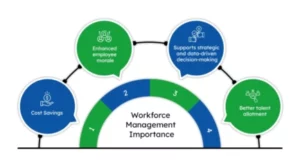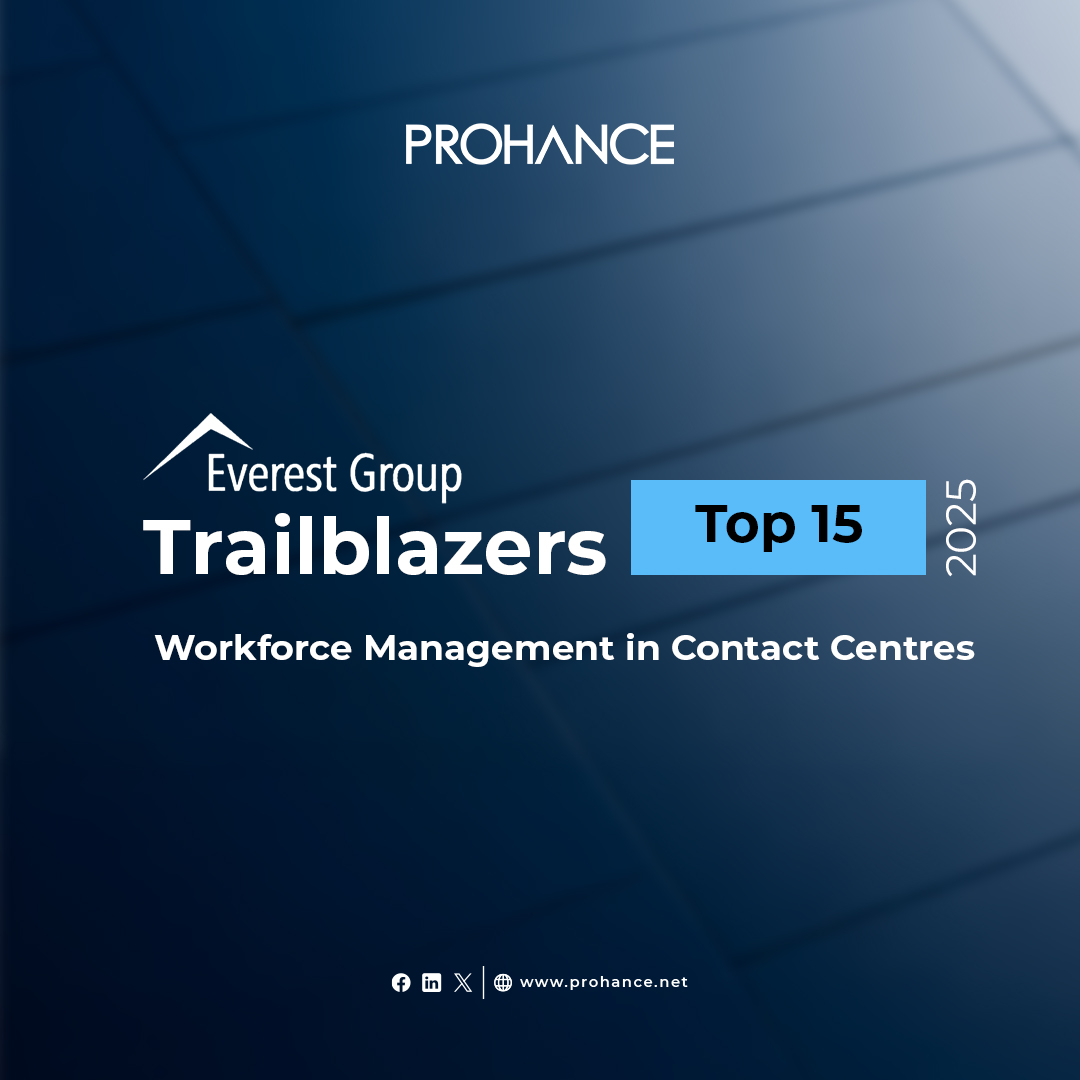What Is Workflow Management? A Complete Guide for Beginners
Table of Contents
Regardless of size, every organization needs to set up workflows that help it accomplish specific goals within its business operations. A workflow consists of a series of tasks, actions, and steps that describe the flow of activities, from start to end. This ensures efficient and timely allocation of resources to achieve its end objective.
However, simply putting together workflows isn’t enough. Managing them is an ongoing process that requires optimizing processes, assigning tasks efficiently, and establishing clear channels of communication among team members. Effectively utilizing automation and creating a collaborative culture within the organization can make a significant impact on productivity and help streamline operations.
In this article, we will break down and explain workflow management in a clear and easy-to-understand manner.
Understanding Workflow Management
Before we delve deeper, let’s first understand what workflow management is. For a workflow to be efficient, it needs to be able to streamline operations, reduce errors, improve collaboration, and increase productivity. If done right, an effective workflow can help an organization better allocate resources, lower costs, and deliver higher-quality products or services on time.
Workflow management steps into design, monitor, and automate workflows, ensuring streamlined operations and enhanced productivity.
To explain this further, in business terms, effective workflow management addresses many of the challenges that organizations encounter in their day-to-day operations. Organizations that repeatedly face issues of disorganization, bottlenecks, delays, and errors find that workflow management can significantly improve productivity, remove roadblocks, and manage costs.
Let’s Look at the Components of Workflow Management
Optimized workflows enable an organization to achieve its business goals quickly and with greater accuracy. By understanding the order in which tasks are completed, an organization can minimize steps and reduce bottlenecks.
Inputs: This includes all the data, information, or resources that are required to initiate and support the successful completion of tasks.
Outputs: Outputs encompass the tangible or intangible outcomes of completed tasks. These can include products, services, reports, or insights.
Triggers: These are pre-set stimuli or events that activate the execution of specific tasks within a workflow, such as customer inquiries, reaching a deadline, etc.
Tasks: The individual actions or steps that help achieve the desired outcome of a process within the specified timeframe.
Resources: The people, workflow management tools, equipment, and assets that are used to execute tasks within a workflow are known as the resources.
Why Organizations Need Workflow Management
A workflow management system facilitates efficient business operations. By understanding how different workflows and processes engage with each other, it becomes easier to implement strategies that can improve productivity, enhance efficiency, streamline operations, and achieve organizational goals. Here are a few reasons why organizations need workflow management:
Improves Efficiency
With workflow management, organizations can automate repetitive tasks, eliminate bottlenecks, reduce redundancy, and optimize resource allocation, thus streamlining their operations. Continuous monitoring helps identify areas for improvement to implement changes.
Optimizes Resource Allocation
Organizations can identify and allocate resources as per real-time demands and ensure optimal utilization. Additionally, automating this process minimizes resource wastage and improves overall productivity.
Ensures Consistency
Quality, reliability, and customer satisfaction relied heavily upon consistency. With a workflow management system, procedures are standardized, roles and responsibilities are defined, and there is adherence to established workflows across teams and departments. This ensures greater efficiency, reduced errors, and consistent performance.
Provides Visibility
An effective workflow management process allows stakeholders to track tasks, identify hold-ups, and make better decisions. By providing real-time visibility into task status, dependencies, and performance metrics, stakeholders can monitor the flow of work, identify issues promptly, and take necessary actions to ensure timely project completion.
Encourages Accountability
The transparency of the workflow management system promotes accountability, trust, and collaboration within teams and departments. All stakeholders benefit from the open lines of communication, clear documentation, and tracking of tasks, deadlines, and outcomes made possible through centralized dashboards.
Enforces Compliance
Every industry has its set of regulatory requirements, standards, and internal policies. Adherence to this is critical for avoiding legal and reputational risks. Workflow management helps organizations establish and enforce compliance standards by building regulatory requirements into the workflow design and execution.
Enhances Governance
A workflow management system ensures seamless alignment with company objectives, policies, and priorities. Effective governance means workflows are designed, executed, and monitored according to established standards, guidelines, and frameworks built around company goals.
Implementing a Workflow Management System in Your Organization
Setting up a workflow management system requires adherence to certain strategies. Keep in mind these steps to enjoy the benefits of an efficient workflow management system.
Software Selection
Start by understanding your organizational requirements. This makes it easier to select the best workflow management software solution that aligns with your needs. Choose a solution that offers scalability and integration capabilities.
Customization
After the selection, you need to customize the system to fit the organization’s unique workflows and processes. This may require configuring workflow templates, defining task co-dependencies, creating automated triggers, and integrating with existing systems and applications.
Training
Successful adoption of the workflow management system requires the training and onboarding of your team. Educate users on the new system’s operation, best practices, and workflow procedures. Ensure this is an ongoing process to address queries as they arise.
Best Practices for Effective Workflow Management
It is possible to maximize efficiency and optimize workflow management processes. All you need to do is keep these best practices in mind:
Documentation
Maintaining detailed records of processes, procedures, and workflows helps keep all information in one place, giving team members timely access to relevant information and guidelines.
Reviews and Updates
It is important to monitor and conduct periodic reviews of workflows and project management. This way, you can identify inefficiencies and address bottlenecks, making it easier to adapt to changing business requirements.
Integration
Today data is at the crux of all businesses, and an effective workflow management system is no different. Look for a solution that integrates with existing tools, systems, and platforms to facilitate seamless data exchange.
Communication
A culture of open communication goes a long way in ensuring productivity. Bring in tools that make it easy for team members to share updates, ask questions, and collaborate.
Technology
Consider leveraging technology to automate repetitive tasks, enable collaboration, and produce valuable insights.
Make Workflow Management Work for You
The future of work is transforming right before our eyes. To remain competitive, it is imperative to invest in workflow management that can help organizations streamline operations, reduce errors, allocate resources strategically, and provide their people with the freedom to focus on more creative tasks. Automation technologies are also playing an important role in this transformation, boosting productivity and efficiency with AI and data-driven analytics, and helping businesses stay ahead of the curve.






